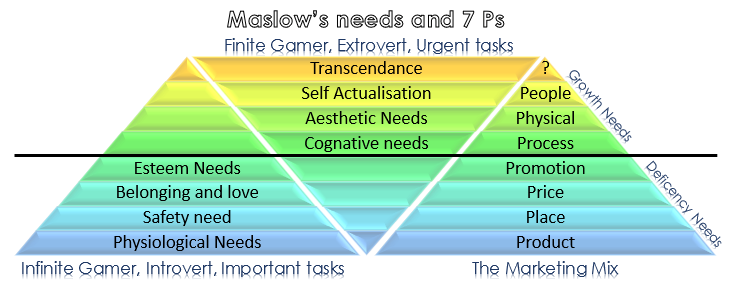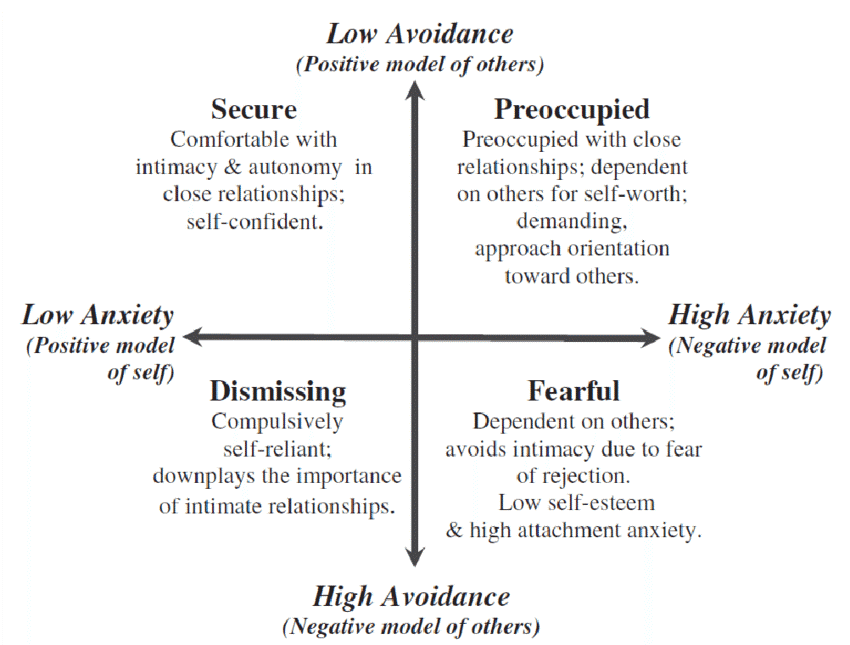Why do they use these tools?
It is a simple fact that most small business owners don’t care why something works for them, just that it does work. This is not the same “why” Simon Sinek is talking about. Business coaches use these tools because they work, and have for a long time.
The why for business owners relates to the need to change what they do. The business owner then goes to a coach/mentor/trainer/consultant (let’s just say “coach” for now, and not get into the difference) and asks why I should choose you, which is more about trust.
The response from the coach is usually one of two things;
- Social proof in the form of (sometimes questionable) testimonials, or;
- Some form of validation, often using parts of well-known theory that is not understood by the general population, as evidence as to why what the coach does works as to justify why the business owner should choose the coach.
Both responses come down to trust. Does the business owner trust the testimonials? Or, does the business owner trust that the coach can explain how to use the tools in a way that the business owner can understand?
What is essentially happening (in point 2 above) is the answer the coach gives to the business owners why is different. It’s like asking a question in Mandarin, and getting an answer in Cantonese. Others observing can’t help explain what is going on unless they at least speak some form of Chinese.
Is it too simple?
If the coach doesn’t understand the theory well enough, they will struggle to answer the “what if” questions the business owner has. People tend to pick up on this and this part of the brain has no capacity for language. So this is when you hear “it just doesn’t feel right”.
There is such a thing as “unconscious competence”. Just because someone can’t explain why something works don’t mean that thing doesn’t work. Knowing why it works only becomes important if you want to do it better. But you can’t improve something if it doesn’t exist, which is why taking action and actually doing something speeds up the learning process.
I hear people say they don’t have time to do things, yet have time do things all over again. Does that sound familiar? This comes down to prioritisation, and the first of the tools on the list.
Eisenhower Matrix
Used to priorities and delegate tasks. Business owners should be doing the important and urgent tasks first. However, in the age of social media and a need for instant gratification, urgent tasks are given higher importance. People are told this is what you “must” do if you want to be successful. This is essential a band-aid solution that gets quick results, but not sustainable for long and leads to burnout.
Dwight D. Eisenhower was the 34th President of the United States from 1953 until 1961. Before becoming President, he served as a general in the United States Army and as the Allied Forces Supreme Commander during World War II. He also later became NATO’s first supreme commander.
Dwight had to make tough decisions continuously about which of the many tasks he should focus on each day. This finally led him to invent the world-famous Eisenhower principle, which today helps us prioritize by urgency and importance.
Maslow’s hierarchy of needs theory
You can google lots of info on this and it has been around since mid last century. Anything a coach is talking about the needs of people (customers, clients, collaborators), it eventually end up here.
There are endless way it can be applied in business. Here is an example of how it can be applied to the 7’p of marketing how sales and marketing fulfill different customer needs:

Attachment theory
Another one that has been around since the 70’s. Recent research into neuroscience and emotional intelligence has validated claims that while formed in childhood, it is not irreversible. No longer just about attachment to people, the theory has now developed to account for attachment to objects and ideas.

When you think about it, Small business owners treat their business like their kids. Which is why this is one of the tools that works. Often treat start-up business owners like parents with a new-born baby. No shortage of advice, but when do you ever hear someone say to a start-up business owner “that’s good enough”?
It is a very complex area of psychology, but if you don’t look for why it works and just look for what does. There are organisations out there that tell you what to do. They have been teaching people from low socioeconomic backgrounds with low literacy skills, just not in business. However, over the last two years they have started to look at transferring it.
For the simplest way to learn about Attachment Theory, start HERE.
“I think therefore I am” as used in tools
Cogito, ergo sum is a Latin philosophical proposition by René Descartes. Usually translated into English as “I think, therefore I am”.
This may come out in speeches that you can have anything you want as long as you believe in yourself. The flaw in this thinking comes from the original quote came from a search to see if the author did in fact exist. Reality is what it is, but unfortunately, no-one can be told what the matrix is.
Regardless of whether or not Descartes is being deceived by a “demon”, or his beliefs are wrong. He was able to see that even if he has the ability to doubt something he must be existing to even doubt it in the first place.
Think and grow rich, the secret, or other motivational books that focus on using this as part of tools to get you to the “be the best”. This discounts the fact that original quote came from a guy that was just wanting to “be”.
So when a coach throws examples of others that have been successful, they are not telling you to be your best. They are saying you need to be the best of someone better. No-one can make you feel inferior without your permission. It is still up to you if you think you are not good enough to do it. If you want to be like the others, do what they do. Don’t say it doesn’t work if you don’t put in the work the examples did.
Process vs Product praise
Google these tools by all means. But look for the different phrasing used in both and you would have heard it.
the Simplest way to codify this (see what I did there? 🙂 ) is to say product praise is given as a reward for completing something, such as achieving a goal. Whereas process praise is given as a reward for at least putting in any effort, such as the prize for coming last.
The confusion has been created due to pressure to give praise when it was not due (in both cases). If there is a lack of trust the praise can be seen as condescending and embarrassing for the recipient. Even when the giver is trying to be helpful, but the problem is (in society in general) this may be enabling the abuse for the recipient.
Words do matter, although not always evident at the time. While people may take feedback well, they also disregard it if they don’t see it as relevant to them. If a person has a “positivity bias”, a coach may say “they don’t listen to me”. When someone is just trying to improve, do better, and a coach starts to tell them examples of what they need to do to be the best they can be, this is a miscue too.
If there is too much product praise, the danger is a person becomes addicted to it. Then have to be the best to have self-esteem. They also don’t play well as part of a team. Some become isolated as to give away too much it becomes a competition. This makes it hard for people who want product praise to network well.
So if you are a coach looking to get people to be their best, that’s fine, nothing wrong with that, but the question is “what happens next”? You could say “that’s not what you do”, again fair enough, but other peoples lives is not about you.